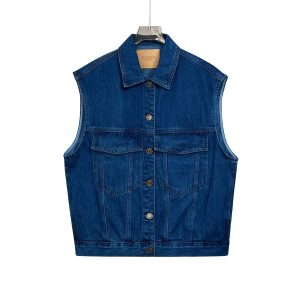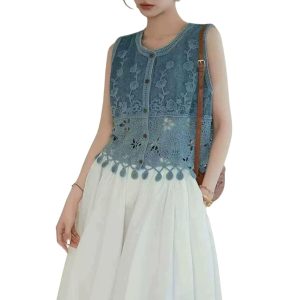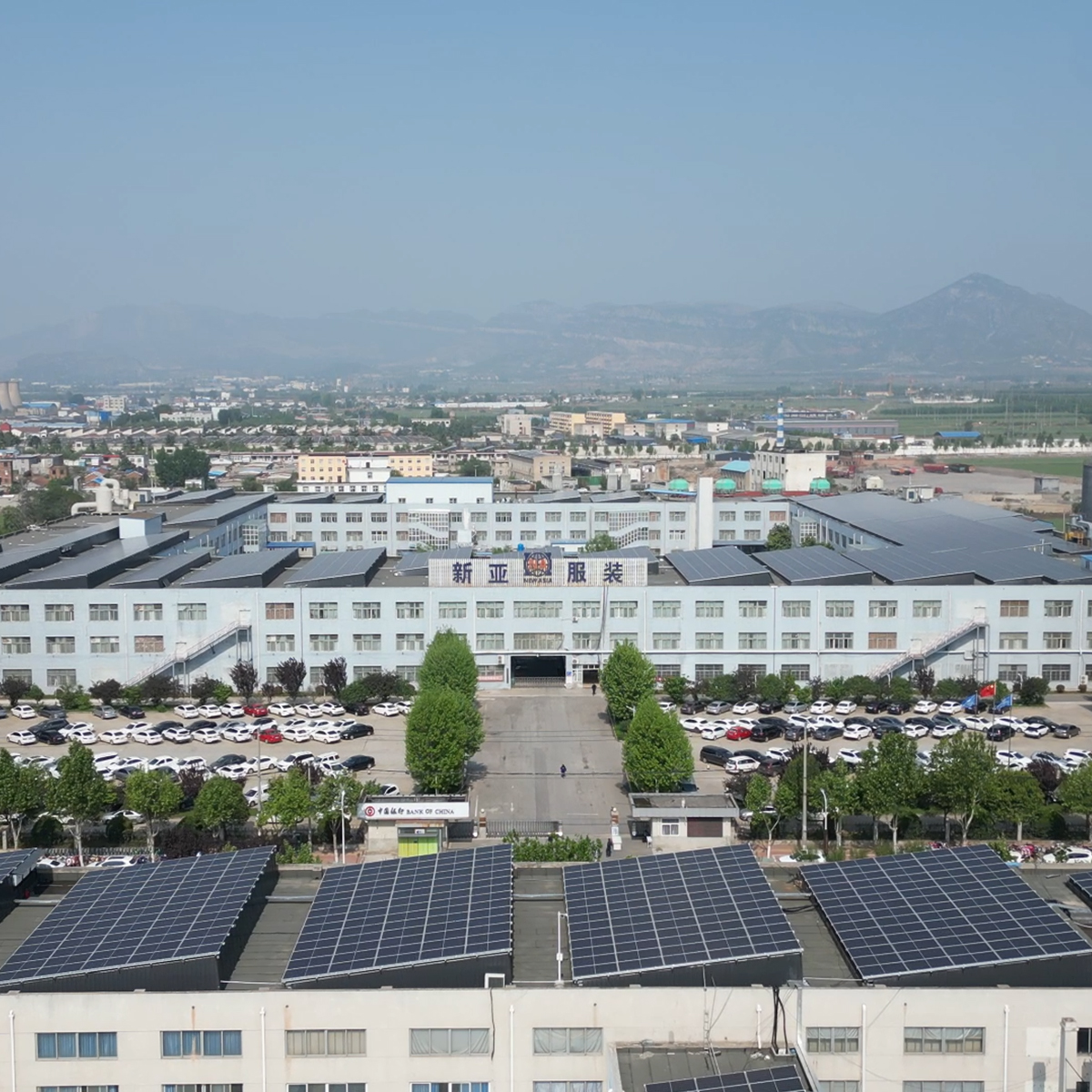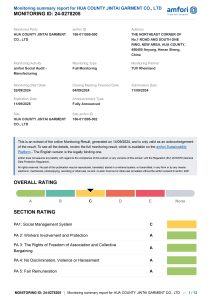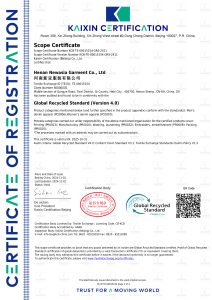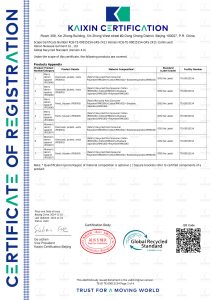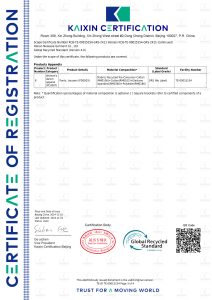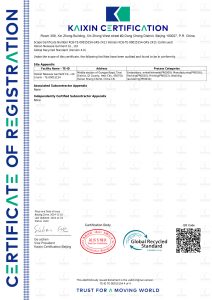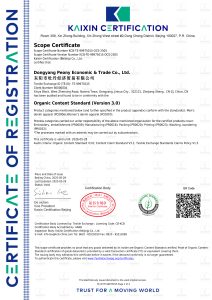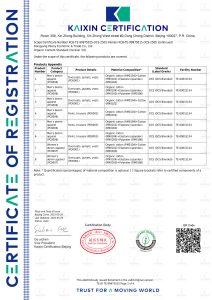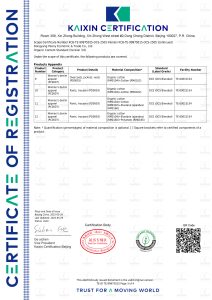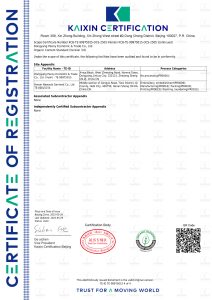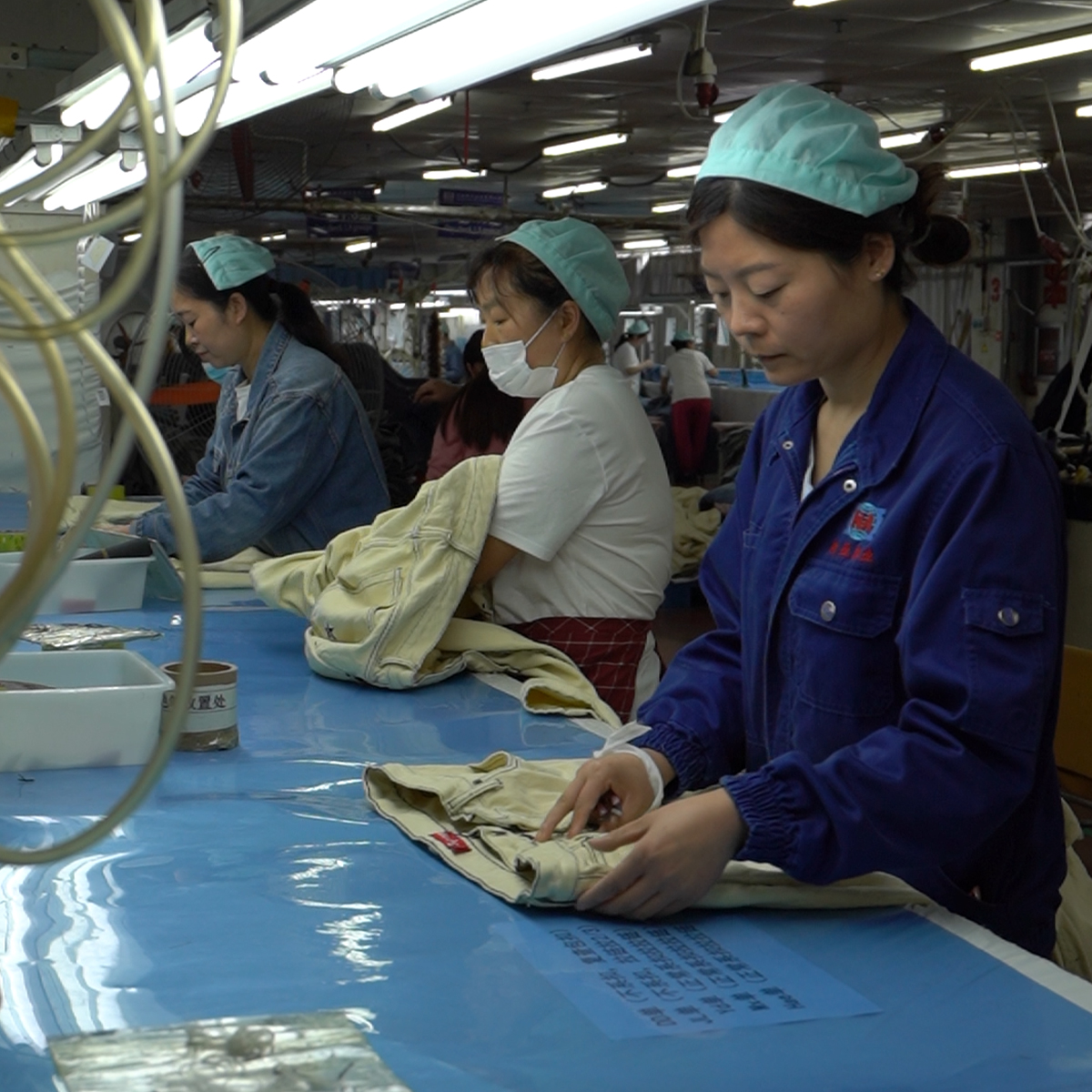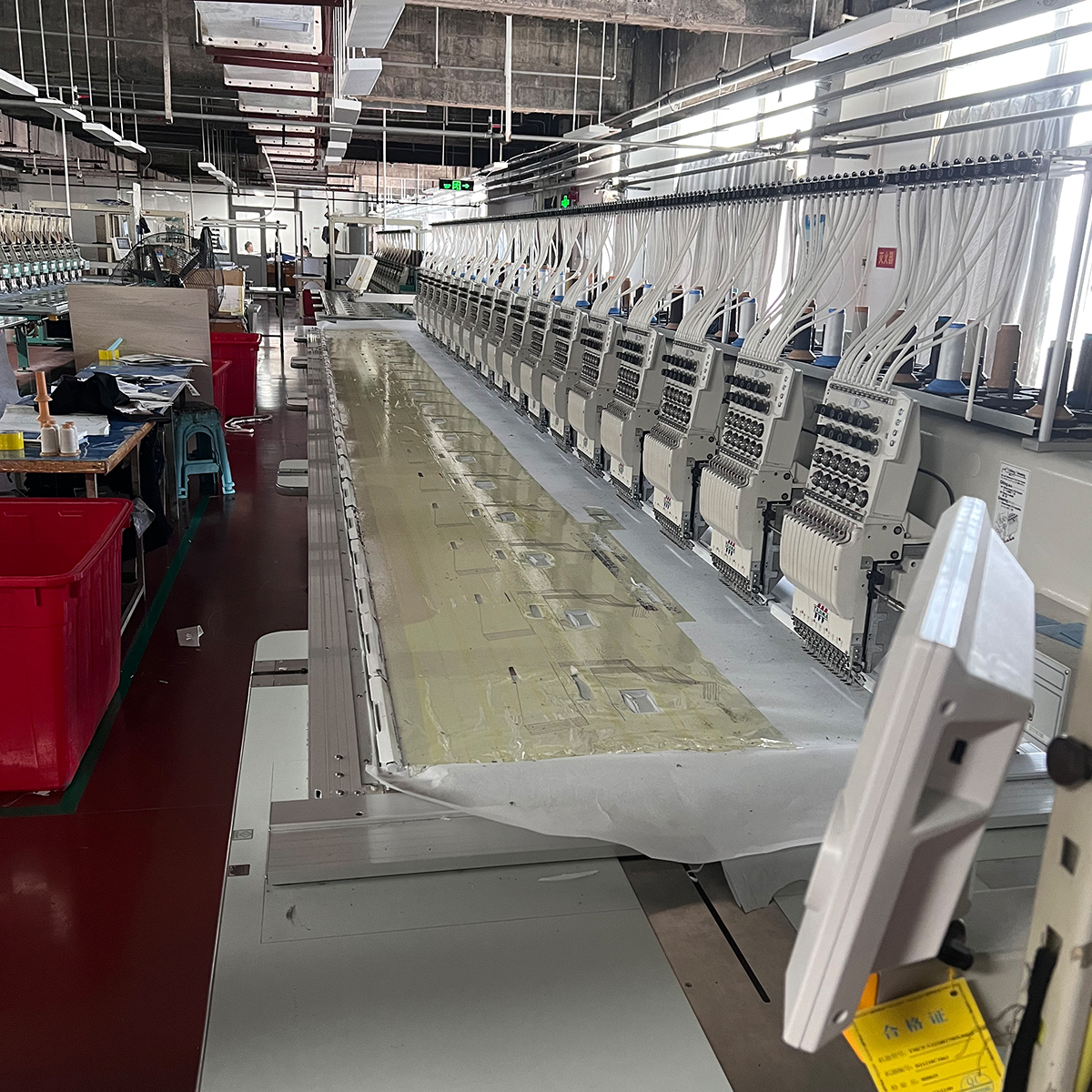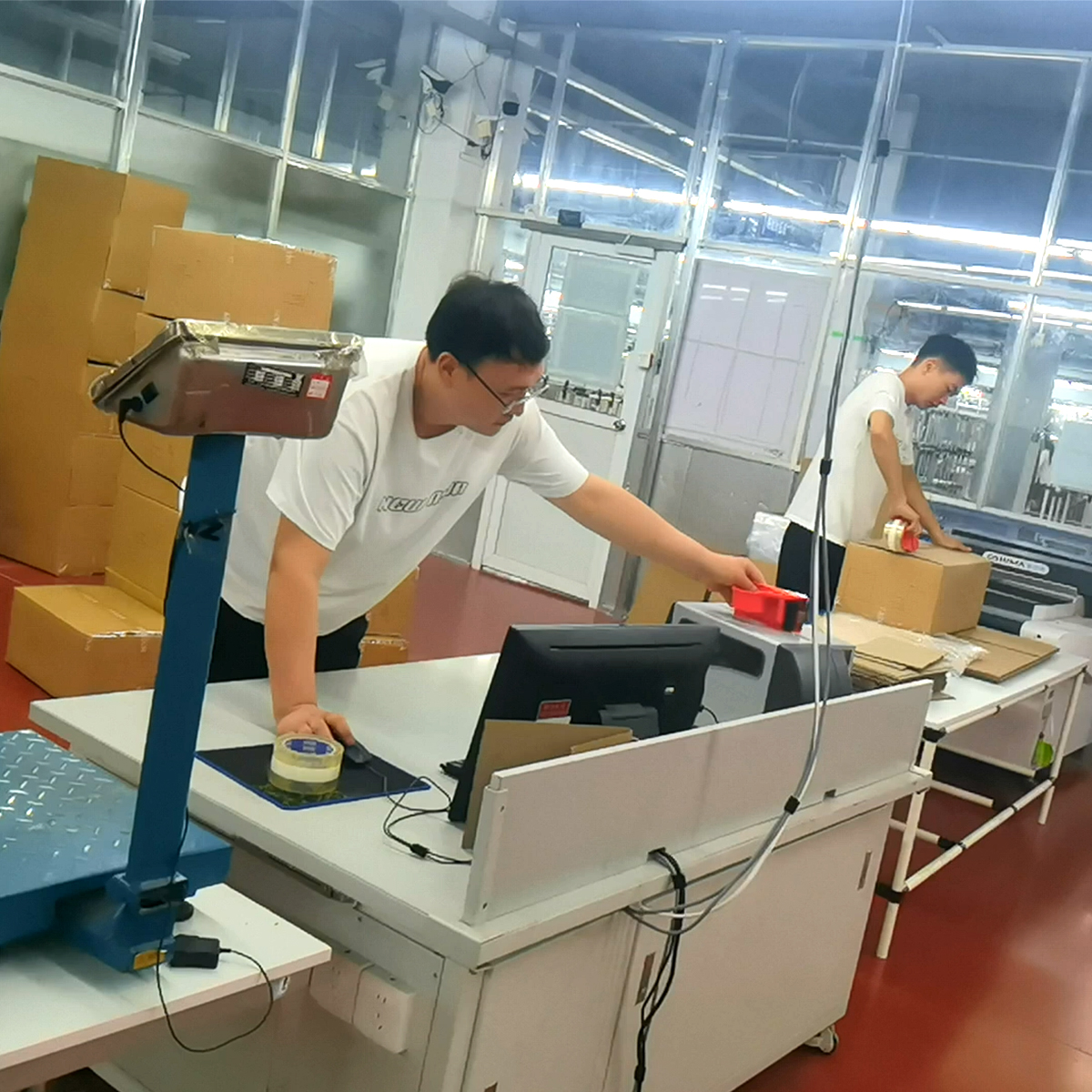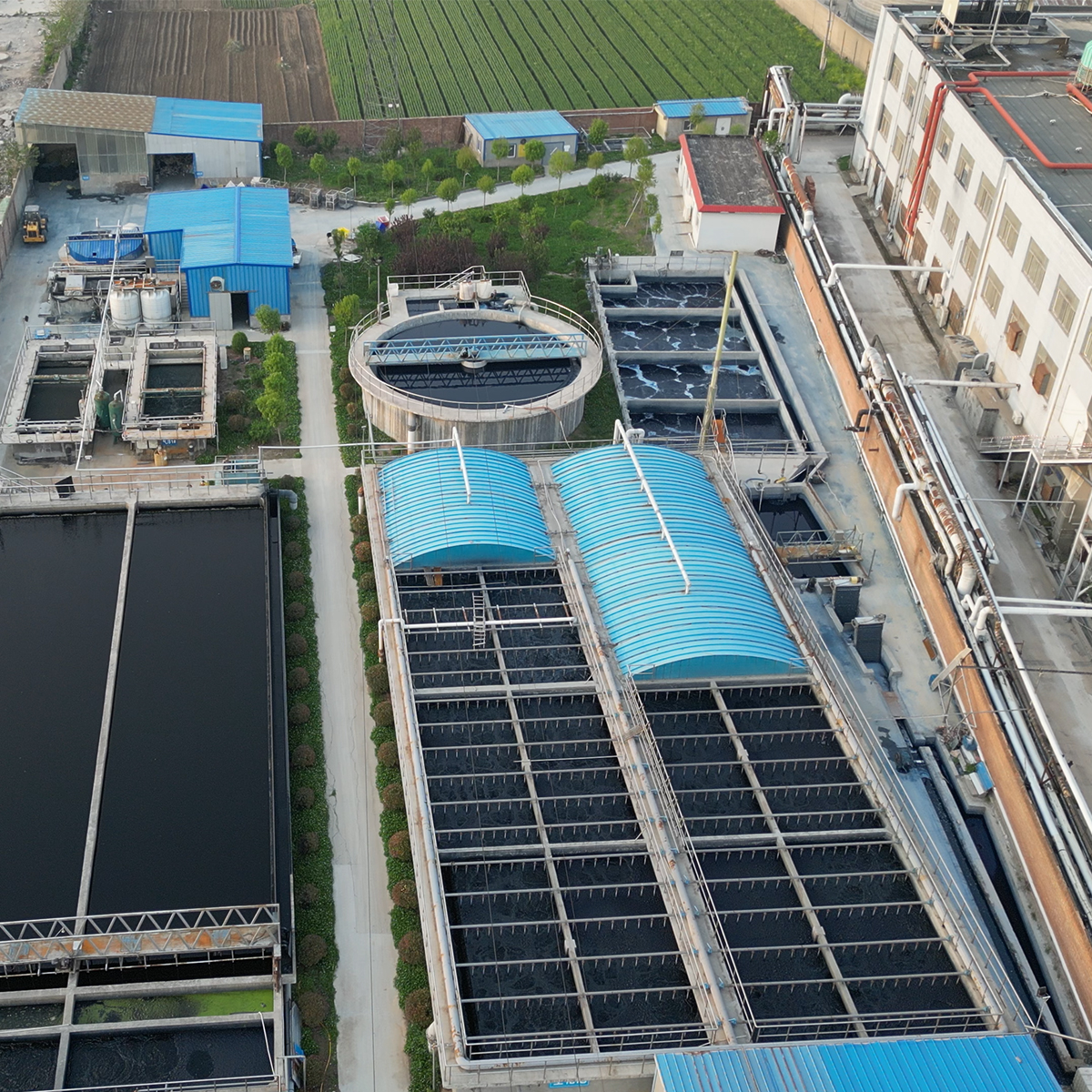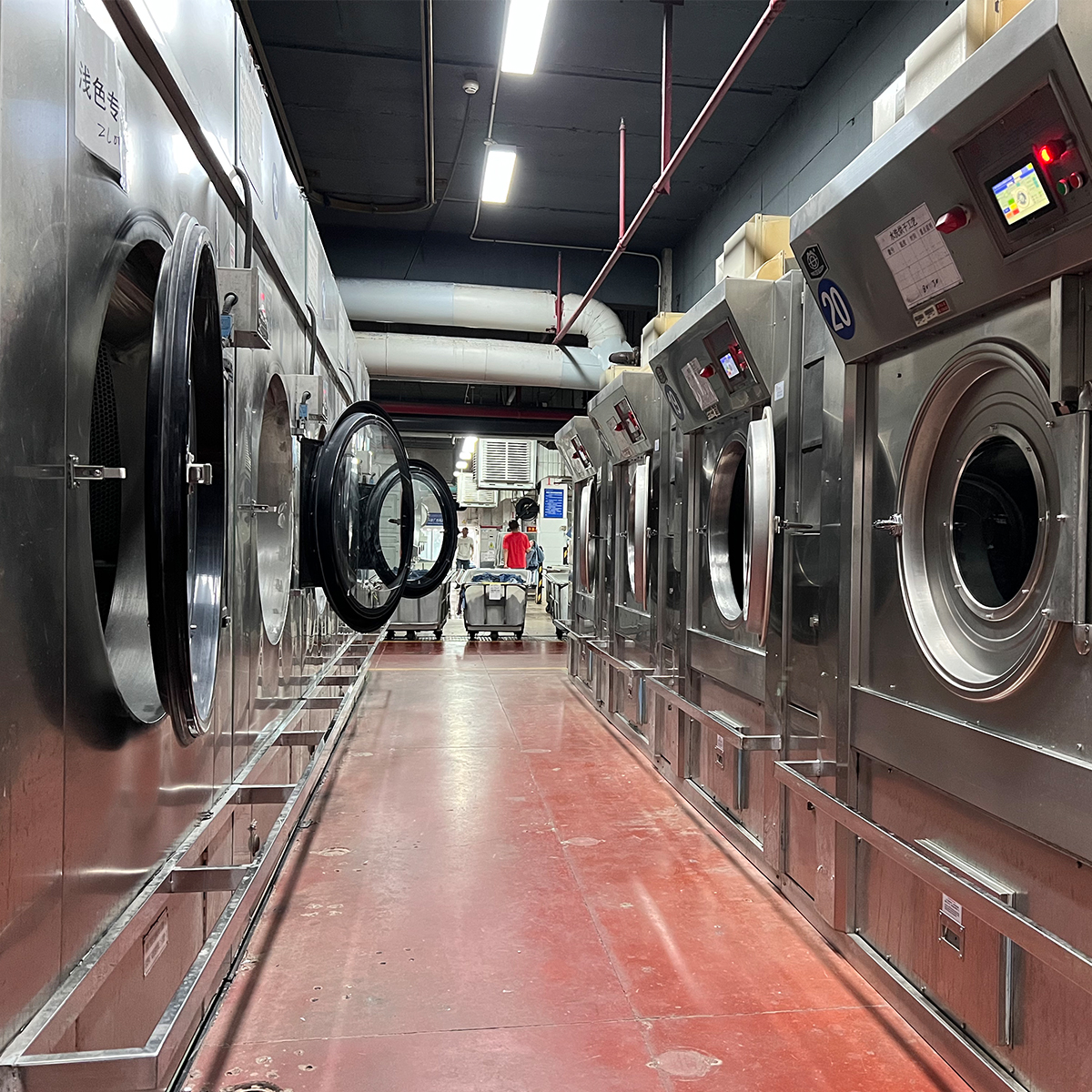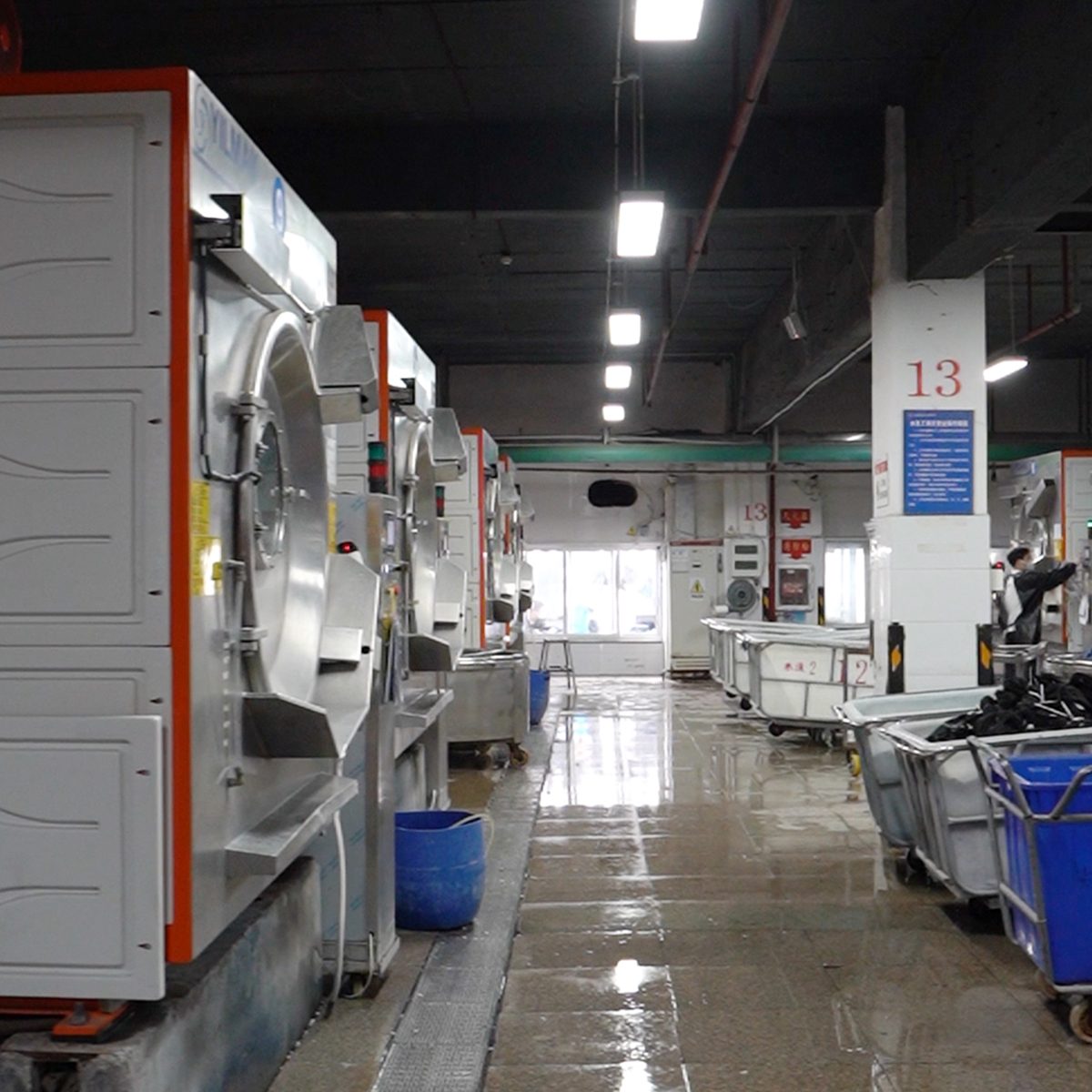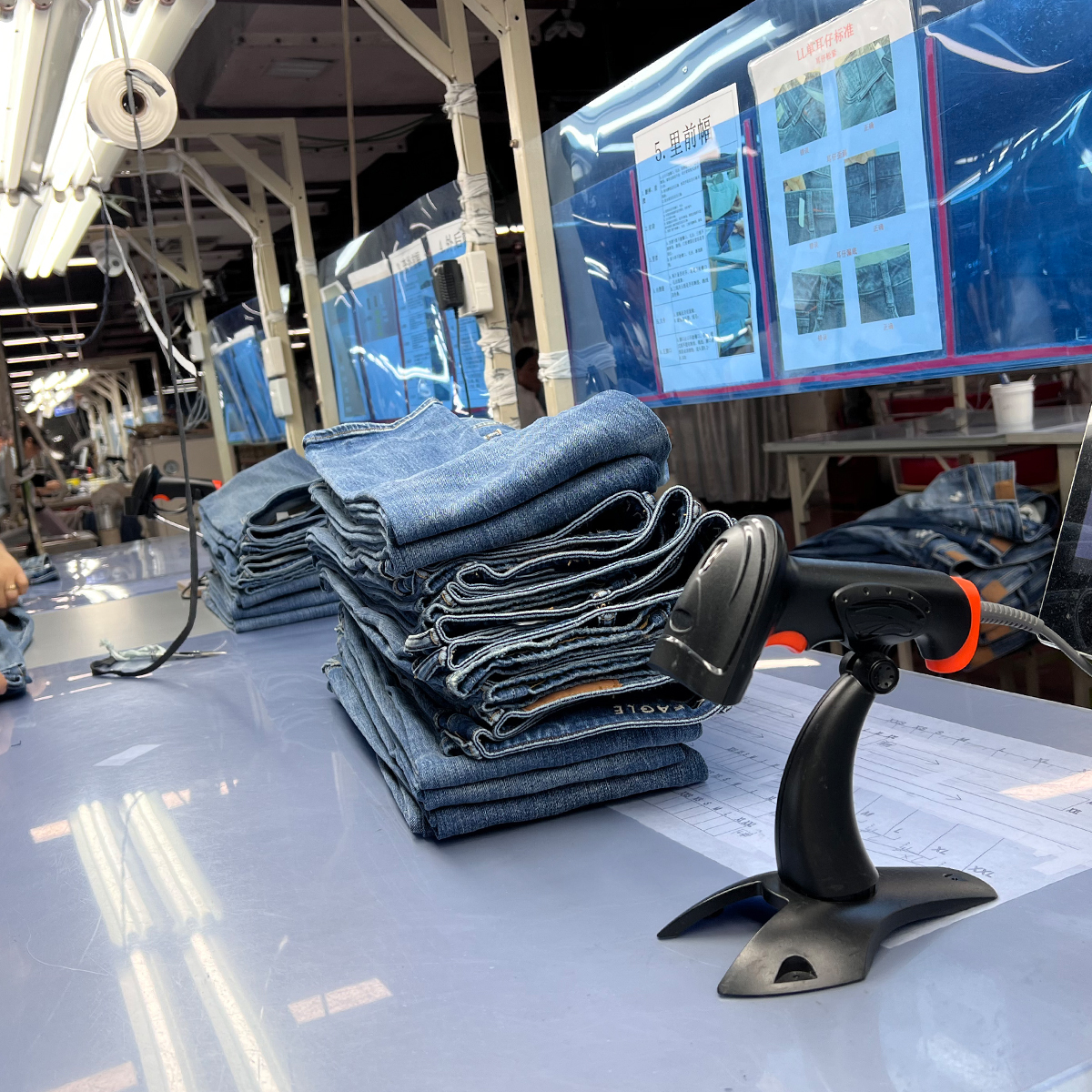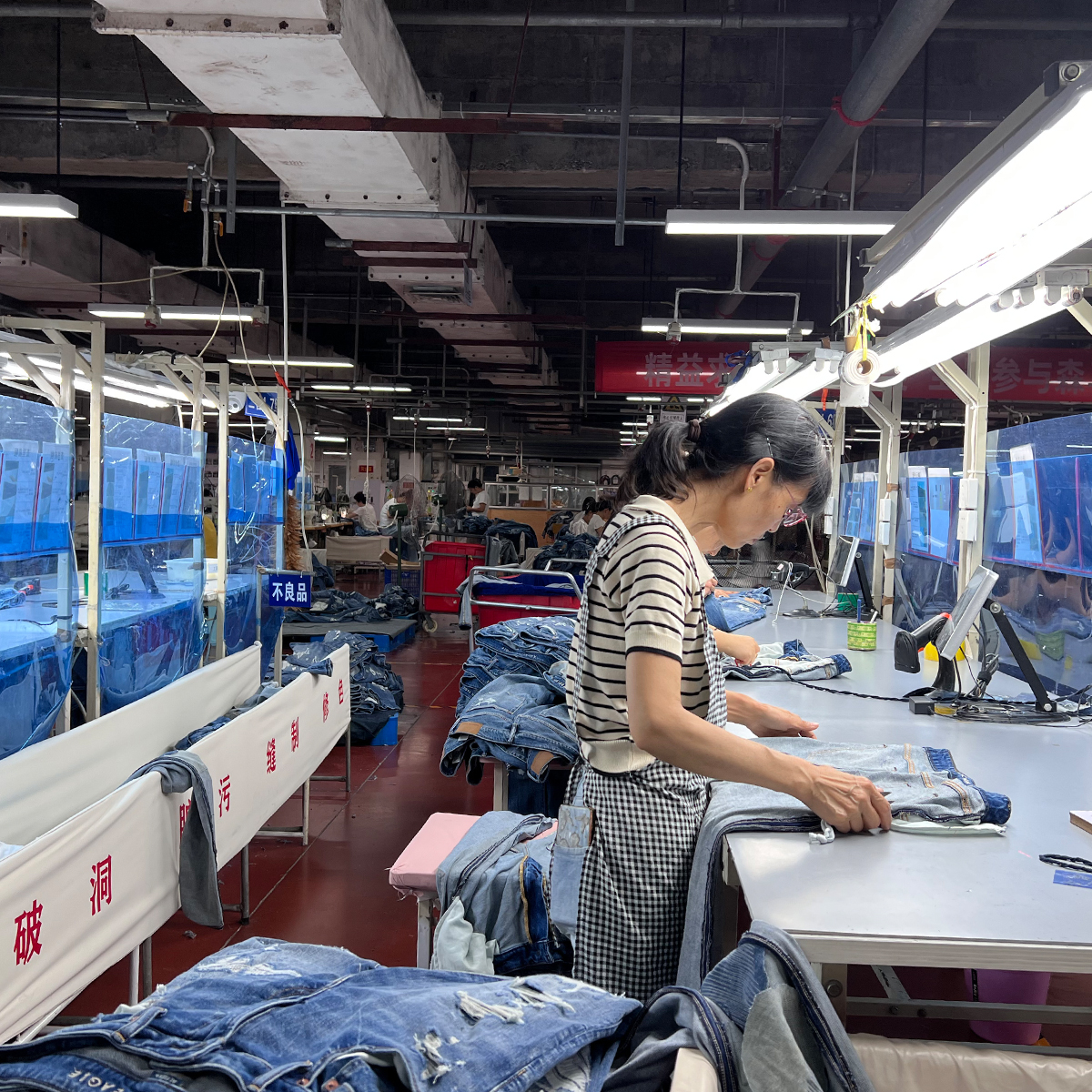In the heart of China lies a vibrant town renowned worldwide for its centuries-old denim craftsmanship¡ªXintang. Often hailed as the “Kingdom of Denim,” Xintang has cemented its reputation as a major manufacturing hub that supplies high-quality jeans to global markets. For those interested in the world of fashion manufacturing, understanding the intricacies of Xintang jeans manufacturers offers a fascinating glimpse into an industry that combines tradition with cutting-edge innovation. This article delves into the history, manufacturing processes, technological advancements, sustainability efforts, and the future prospects of Xintang jeans manufacturers.
The Historical Roots of Xintang Denim Industry
The origins of Xintang’s denim industry can be traced back to the early 20th century when local tailors and small workshops began crafting denim garments for regional markets. Over decades, these small entities evolved into large-scale manufacturing facilities driven by rising demand from domestic consumers and international brands. The 1980s and 1990s marked a turning point, as economic reforms and export-oriented policies catalyzed rapid industrial growth.
Today, Xintang boasts thousands of denim factories, making it one of the largest denim manufacturing regions in the world. The industry’s growth has been supported by a skilled workforce, dense supply chains, and a community deeply rooted in denim craftsmanship. The legacy of combining traditional handcraft techniques with modern technologies has positioned Xintang as a center of innovation in the denim world.
Manufacturing Processes that Define Xintang¡¯s Excellence
The manufacturing process in Xintang is a complex blend of art and science, ensuring that each pair of jeans meets stringent quality standards while maintaining affordability. Here’s a detailed look at the key stages:
1. Fabric Selection and Dyeing
- Quality Cotton and Yarn: The process begins with selecting high-grade cotton and yarns. Many factories source their raw materials locally or import premium fibers to ensure durability and colorfastness.
- Innovative Dyeing Techniques: Modern dyeing methods include eco-friendly reactive dyes and digital printing, reducing environmental impact while achieving vibrant hues.
2. Cutting and Sewing
- Automated Cutting: Precision machinery ensures minimal fabric waste and consistent patterns.
- Sewing Lines: Skilled workers and advanced sewing machines assemble the jeans with attention to detail, blending traditional hand-stitching techniques with automation for efficiency.
3. Washing and Finishing
- Stone Washing and Enzyme Wash: These techniques give jeans their characteristic faded and worn look.
- Special Effects: Manufacturers employ whiskering, sandblasting, and laser finishing to create diverse styles.
4. Quality Control and Packaging
- Inspection: Each batch undergoes rigorous checks for stitching, color consistency, and fitting.
- Packaging: Final products are folded, labeled, and prepared for shipment, often customized to meet international standards.
Technological Innovations Shaping the Future of Xintang Jeans
In recent years, Xintang’s denim industry has embraced technological advancements to enhance product quality, reduce costs, and promote sustainability. Some notable innovations include:
- Automation and AI: Automated cutting and sewing lines powered by AI algorithms improve precision and productivity.
- Smart Manufacturing: Integration of IoT devices enables real-time monitoring of production processes, minimizing waste and downtime.
- Eco-Friendly Dyes and Chemicals: Adoption of waterless dyeing technology and biodegradable chemicals aligns with global sustainability standards.
- 3D Design and Prototyping: Digital modeling allows rapid development of new styles, reducing material waste and accelerating time-to-market.
The Role of Sustainability in Xintang¡¯s Denim Industry
Modern consumers are increasingly conscious of environmental issues, prompting Xintang manufacturers to adopt sustainable practices. These include:
- Water Conservation: Waterless and low-water dyeing techniques significantly cut water usage.
- Recycling and Waste Management: Fabrics and chemicals are recycled or properly disposed of to minimize environmental impact.
- Organic and Recycled Materials: Utilizing organic cotton and recycled fibers reduces dependency on virgin resources.
- Fair Labor Practices: Ensuring worker safety, fair wages, and good working conditions remains a priority for many companies aiming at ethical production.
The Competitive Landscape and Global Connections
Xintang’s denim industry thrives on fierce competition among thousands of factories, each vying for market share through quality, innovation, and cost efficiency. Many renowned international brands source their denim from Xintang, trusting the region’s ability to meet strict specifications and delivery deadlines.
The region has also established a robust export network, with logistics hubs facilitating swift shipment to markets across North America, Europe, and Asia. Trade shows, industry expos, and government support have further bolstered Xintang’s reputation on the global stage.
Challenges and Opportunities
While Xintang’s denim industry enjoys significant success, it faces challenges such as rising labor costs, environmental regulations, and fluctuating global demand. However, these hurdles also present opportunities for innovation, diversification, and strengthening sustainable practices.
Investments in automation, sustainable materials, and brand differentiation can help manufacturers adapt and thrive. Collaboration with international partners and adherence to global standards will be crucial for long-term growth.
Culture and Community Influences
The region’s rich cultural tapestry influences its denim craftsmanship. Traditional Chinese craftsmanship blends seamlessly with modern Western influences, creating unique styles and techniques. Community workshops and apprenticeships ensure the transmission of skills across generations, maintaining a vibrant denim culture that honors both tradition and modernity.
Training and Workforce Development
With thousands of factories operating in Xintang, skilled labor is the backbone of its success. Ongoing training programs focus on enhancing technical skills, introducing new machinery, and emphasizing quality control procedures. Many companies partner with local vocational schools to cultivate a steady pipeline of skilled workers, ensuring that craftsmanship remains at the forefront of their production ethos.
Environmental and Social Responsibility Initiatives
Recognizing its environmental footprint, some manufacturers have initiated eco-labeling programs, transparently sharing their sustainability efforts with consumers. Social responsibility initiatives include community development projects, employee welfare programs, and collaborations with NGOs to promote fair labor practices.
The Future Outlook of Xintang Denim Manufacturing
Looking ahead, Xintang’s denim industry is poised for continued evolution. With technological integration, sustainable practices, and expanding global collaborations, the region aims to reinforce its position as a leading denim manufacturing hub. The focus on innovation combined with a tradition of craftsmanship ensures that Xintang remains a vital player in the global jeans market for decades to come.
Innovative Branding and Market Strategies
To stay ahead of the competition, many factories are exploring branding strategies that emphasize eco-friendliness, craftsmanship, and fashion-forward designs. Digital marketing, influencer collaborations, and participation in international fashion fairs are vital components of modern marketing. Furthermore, customization options and limited edition collections adding exclusivity appeal attract a diverse customer base.
Conclusion
While the article intentionally leaves out a formal conclusion, it¡¯s evident that Xintang’s jeans manufacturers stand at a fascinating crossroads of tradition and innovation. Their ability to adapt to changing market demands, technological progress, and global sustainability trends ensures that this region will continue to influence the denim industry worldwide. The ingenuity embedded in Xintang’s factories, combined with a resilient community spirit, exemplifies the evolution of Chinese manufacturing excellence in the modern era.



